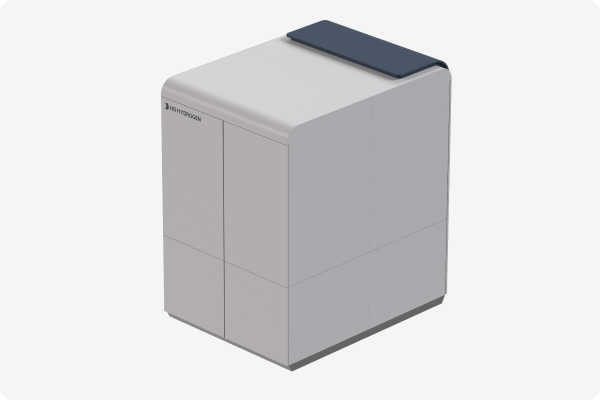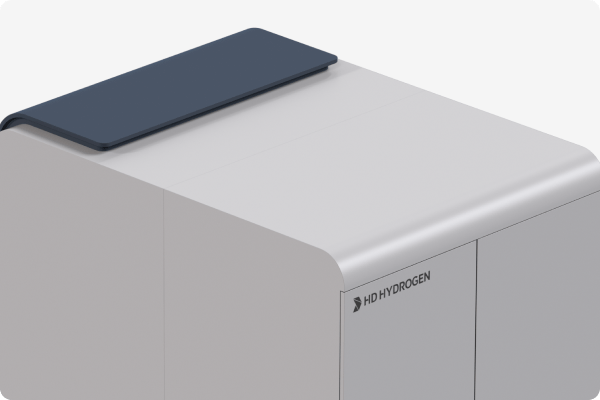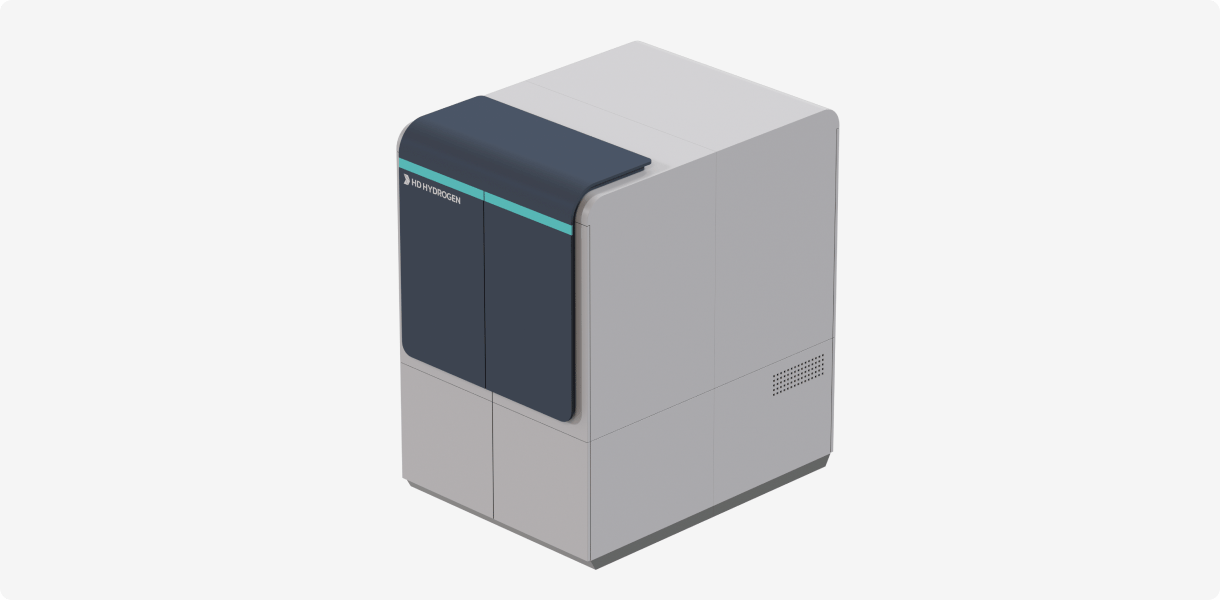HD HYDROGEN
Family Site
Electrolyzer
The Future of
Sustainable Energy,
Electrolyzer
Water electrolysis primarily uses electricity from renewable energy sources
(e.g., solar, wind) to produce 'green hydrogen,' which has become an essential
element for carbon neutrality and an important solution for clean energy.
(e.g., solar, wind) to produce 'green hydrogen,' which has become an essential
element for carbon neutrality and an important solution for clean energy.
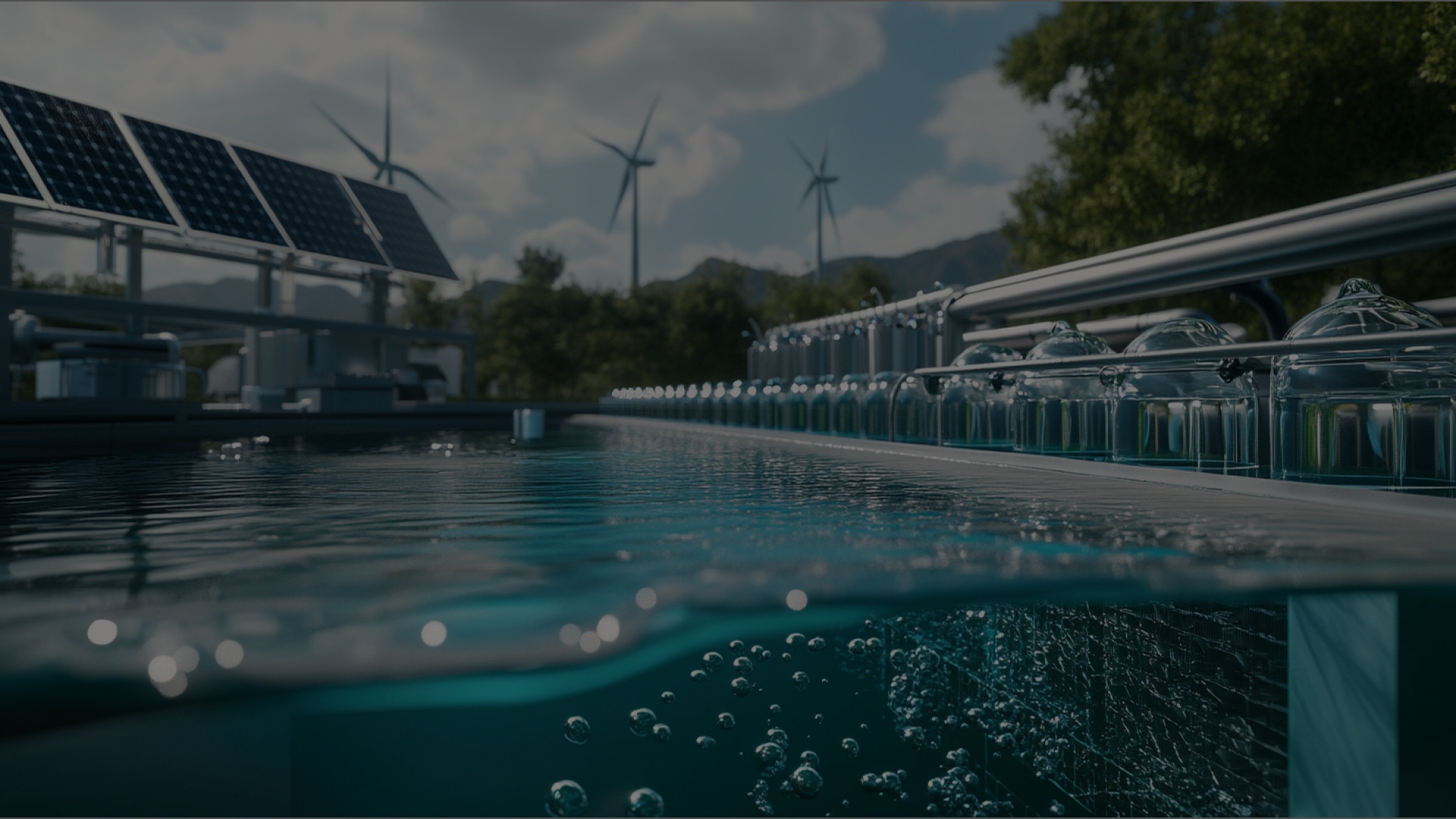
Electrolyzer
-
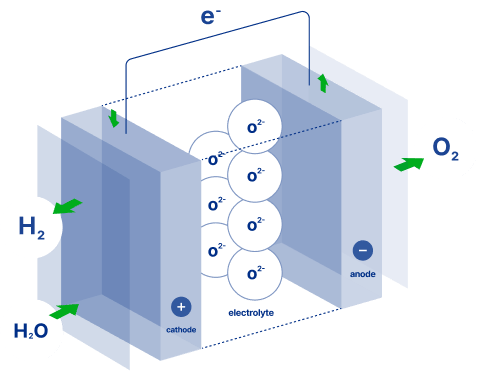
-
- Electrolyzer
-
Water electrolysis is the process of decomposing water (H₂O) into hydrogen (H₂) and oxygen (O₂) using electrical energy. This process occurs in electrolysis cells when electrodes are submerged in water and current flows.
Our third-generation Solid Oxide Electrolyzer Cell (SOEC) innovates hydrogen production efficiency with over 20% lower electricity consumption than conventional systems.
Operating in high-temperature environments (700-850℃), it overcomes thermodynamic energy losses and maximizes energy conversion efficiency through a proprietary design that utilizes the fuel cell reverse process.
It is an industry-customized solution that improves overall system efficiency by over 40%, mainly when linked with industrial surplus heat energy, such as waste heat from nuclear power plants and high-temperature exhaust gas from steel plants.
Solid Oxide Electrolysis Cell System (SOFC) Product
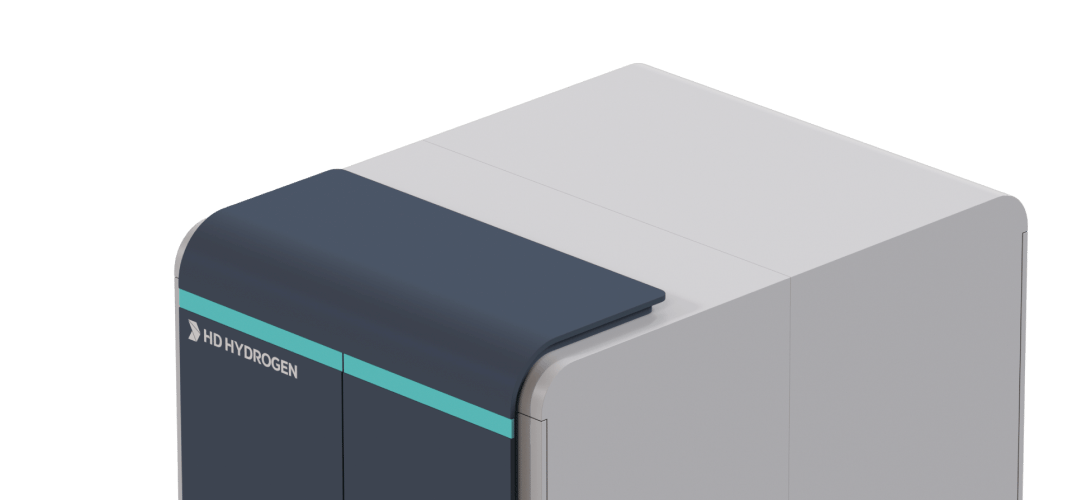
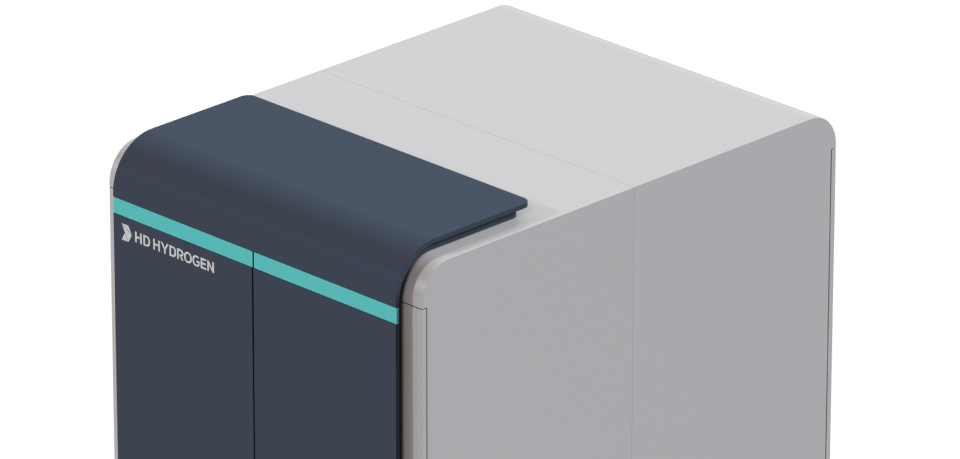
HD250e
HD250E is a modular electrolyzer designed to facilitate industrial decarbonization by producing hydrogen and capturing carbon. It combines efficiency, flexibility, and
low-carbon thermal integration to deliver a cost-effective and environmentally sustainable energy solution
Read more
low-carbon thermal integration to deliver a cost-effective and environmentally sustainable energy solution
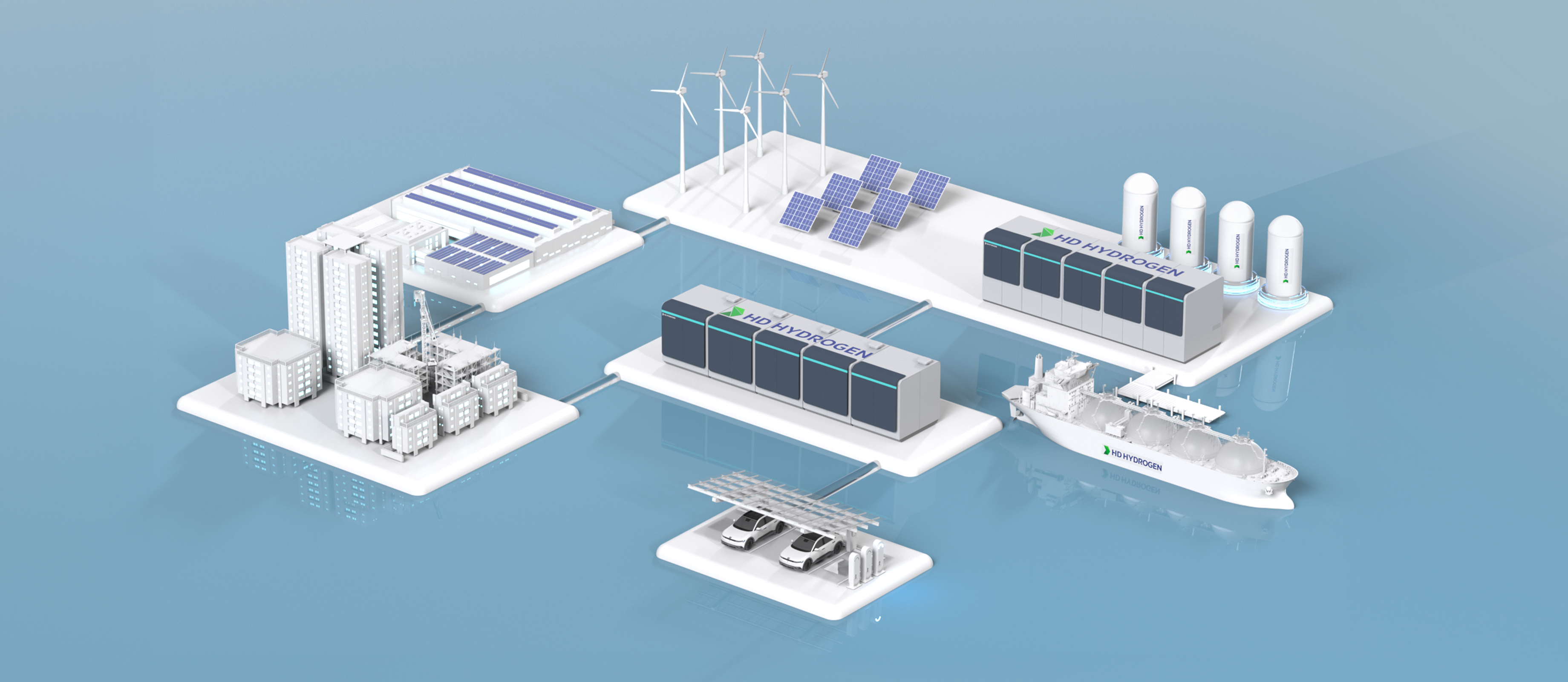
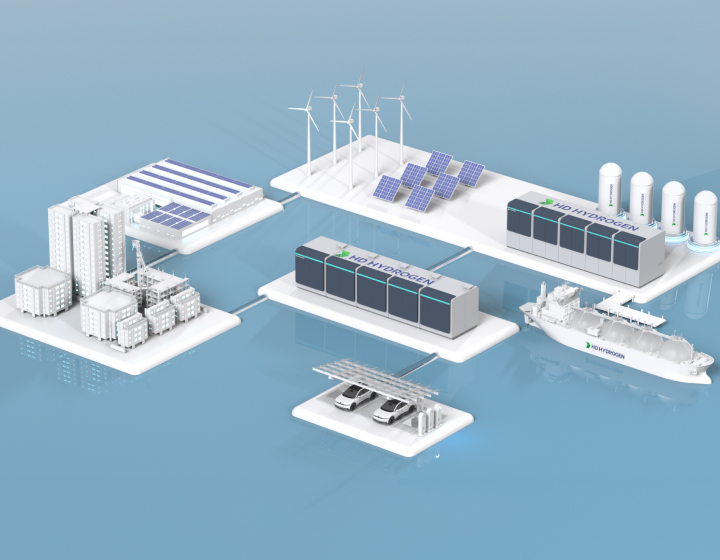
The Journey of Green Hydrogen, From Electrolyzer to Fuel Cell
Green hydrogen produced through water electrolysis technology is converted into power and heat through fuel cells, completing a carbon-free energy circulation system.
This innovative journey provides sustainable energy in various fields, including industry, transportation, and housing, and it is becoming a key driver in changing the future energy paradigm.
This innovative journey provides sustainable energy in various fields, including industry, transportation, and housing, and it is becoming a key driver in changing the future energy paradigm.
“High-Efficiency Hydrogen Production platforms”
Solid Oxide Electrolysis Cell (SOEC) provides a solution for industrial decarbonization through efficient hydrogen production. HD250e is a modular steam electrolysis system that allows multiple units to be installed in parallel to achieve the desired capacity.
Solid Oxide Electrolysis Cell (SOEC) provides a solution for industrial decarbonization through efficient hydrogen production. HD250e is a modular steam electrolysis system that allows multiple units to be installed in parallel to achieve the desired capacity.
HD250e System

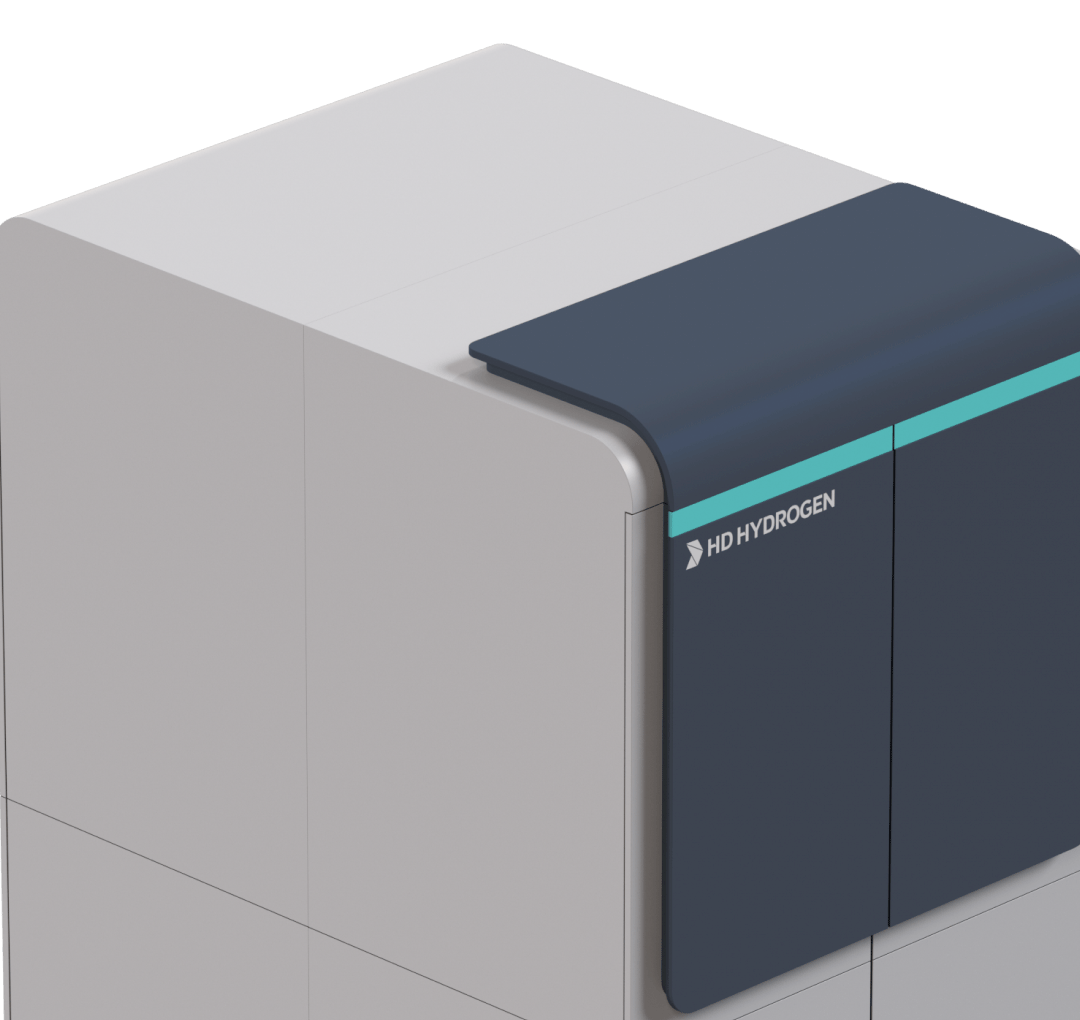
- Superior Efficiency and Economy
- Dramatically reduces energy consumption through high-temperature electrolyzer technology, more efficient than low-temperature electrolysis technology
- Flexibility
- Through rSOC functionality, switches to power generation mode when electricity prices are high, using hydrogen, biogas, or natural gas as fuel
- Carbon Capture and Utilization
- Produces syngas using CO2 as a co-feedstock
- Integration
- The HD250E system uses industrial low-pressure steam as feedstock, generated from waste heat and zero-carbon heat sources, reducing electrical energy requirements
Specification
| General Specification | |
|---|---|
| Power Connection | |
| AC connection | 400 VAC |
| Power intake | 249 kW |
| Steam feedstock | |
| Pressure | 2.5-4.0 bar-g |
| Temperature | 200-250 °C |
| Flow, self-regulated | 71 kg/h |
| Product Gas | |
| Hydrogen production | 6.4 kg/h |
| Hydrogen fraction [1] | 80 %-mol |
| Temperature | 200-350 °C |
| Pressure | 1-30 mbar-g |
| Sweep Air Exhaust | |
| Oxygen content | 30-33 %-mol |
| Temperature | ~200 °C |
| Energy Performance | |
| Electrolysis efficiency [2] | 85 %-LHV |
| Steam consumption [3] | 11.1 kg H2O / kg H2 |
| Power consumption | 38.8 kWhe / kg H2 |
| Installation | |
|---|---|
| Ingress protection class | IP53 |
| Temperature | -20 … +40 °C |
| Altitude | 0 … 1000m |
| Dimensions | 3.1m (L) *2.1m (W) *2.7m (H) |
| Installation | Outdoor by default, indoor possible |
- Remaining content is steam and <1% N2 originating from internal leakages.
- Product gas LHV/electrical energy input, excluding energy required for steam generation.
- Utilization of steam in conversion; water recovery from product gas not accounted for
